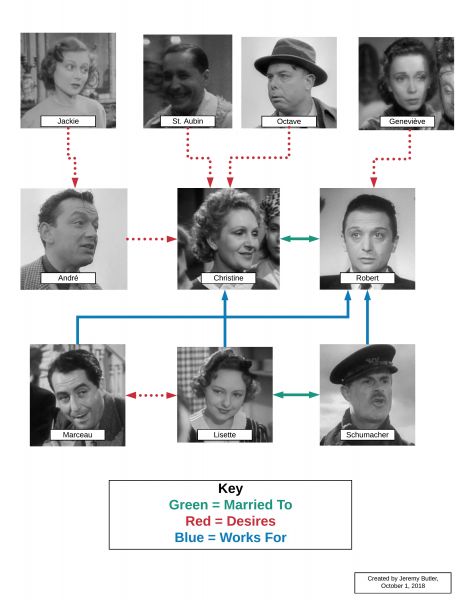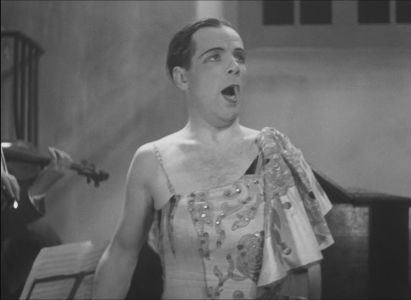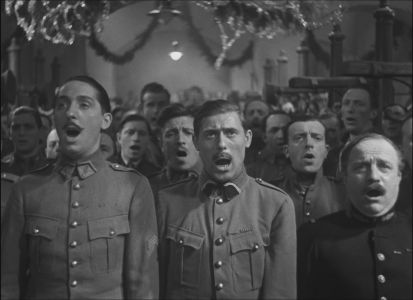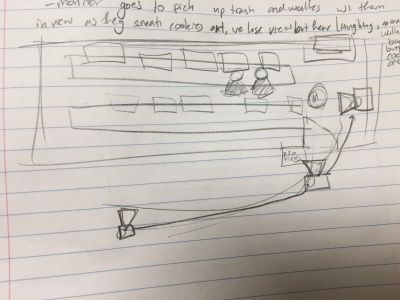JCM312/Bazinian Realism (Discussion)
From Screenpedia
(Redirected from TCF340/Bazinian Realism (Discussion))
Jump to navigationJump to search"The Evolution of Film Language"
- Group 3: Bazin sees two broad and opposing trends in the cinema between 1920 and 1940: "those directors who believed in the image and those who believed in reality." What does Bazin mean by "believed in reality"? To which early, 1890s filmmakers might we trace this tendency?
- Group 4: Bazin sees two broad and opposing trends in the cinema between 1920 and 1940: "those directors who believed in the image and those who believed in reality." Bazin says the "believed in the image" directors can be "traced back to two factors." What are they? How does a Russian film movement exemplify one of these factors? To which early 1900s filmmaker might we trace this tendency?
- Group 5 & 2: Bazin contends that "analytic" or "dramatic" editing (i.e., "shooting script") was "strongly challenged by the technique of composition in depth used by Orson Welles and William Wyler." What is composition in depth? What are some examples from Welles's, Wyler's and/or Renoir's work? How does composition in depth "demand a more active mental attitude" and "bring ambiguity back into the structure of the image"?
- You can find more examples here: tvcrit.org/Classes/Jbutler/T340/Bazin02.php

- Group 6 & 1: Bazin claims Renoir is "the only director who consistently, attempted in his films up to La Règle du Jeu [Rules of the Game] to rise above facile editing effects and seize the secret of a cinematic style which was capable of expressing everything without fragmenting the world, of revealing the hidden meaning of human beings and their environment without destroying their natural unity" (48). Do you agree that Renoir's style does not "fragment the world"? Why or why not?
- Note the camera movement in the "Dance Macabre" segment of Rules of the Game: https://vimeo.com/345100746
"The Era of the Popular Front."
First frame of "La Marseillaise" shot. (view clip)
- All Groups: Bazin maintains that the camera movement when Batala is murdered at the end of The Crime of M. Lange (see images online) "is the pure spatial expression of the entire mise-en-scene". What do you think Bazin means by this? How is he using the term "mise-en-scene" (is it the same as in Television?)?
- Hint: remember the original scenario for the film was titled, On the Courtyard.
- All Groups: What error does Bazin make in describing the shot he diagrams?
Bazinian exercise
Each group will visualize two versions of a simple narrative scene. After you decide how you will do the two versions, divide your group in half to work on the two versions. Further subdivide the work and (if you have enough in your group) have one person do a shot list, one do a camera diagram, and one do a storyboard.
Version 1
- List a minimum of six shots from the scene, as it might be done using classical editing (Bazin's "analytic" editing). Use conventions like establishing shots and shot-counter shot. Specify the framing of each shot (close-up, long shot, etc.) Type it in a word processor.
- Draw an overhead camera diagram as we did for our scene breakdowns and Bazin did for The Crime of M. Lange.
- Draw a storyboard of your shots.
- Take photographs of the diagram and storyboard and email them with your shotlist to jbutler@ua.edu .
- Group 2
- Analytic Version:
- Medium shot: student walks in lab, rack focus on no food sign
- Long shot: student sits next to partner
- Close-up: student pulls cookie out of bag
- Medium: student looks over shoulder at lab monitor
- Medium: monitor is oblivious
- Close-up: breaks cookie & hands partner half
- Wide shot: students giggling behind monitor, monitor turns around
- Medium shot: monitor’s torsos holds hand out for cookie
- Close-up: two hands put their halves of the cookie in monitors hand
- Wide shot: monitor walks back to the front of the lab, back turned to students, and sneaks a bite of the cookie
Version 2
Rework the same scene as Renoir might have done it, using composition in depth and lateral camera movement, but telling the same story. How many shots would you use to replicate Renoir's style?
- List your shots (type it in a word processor)
- Draw an overhead camera diagram.
- Draw a storyboard of your shots. If you have a shot with camera movement, draw more than one frame to represent it.
- Take photographs of the diagram and storyboard and email them with your shotlist to jbutler@ua.edu .
- Group 2
- Bazin/Renoir Version:
- Single medium-long shot; we view monitor and students from back as the monitor unlocks the lab for the students and see the “No Food” sign next to the door. The camera follows the monitor, shifting across their shoulder as they walk through the door to turn on the lights. We hear the students sitting down in the background, backpack zipper undoing, etc. The shot tracks the monitor from the side as they go to pick up a piece of trash in the front of the room. As the monitor leans down to pick it up, we see one student give a cookie to the other in the background. The monitor is oblivious and goes back to the door to throw out the trash, the camera tracks to follow. We hear laughing in the background. The camera tracks back as the monitor goes to sit down at the computer in the front of the room, and in the background the students look suspicious but the cookie is gone.
The narrative scene
- Two students are working together, editing a video in a computer lab that has a "no food" policy. One of them has smuggled a cookie into the lab. He/she breaks it in half and shares it with the other student. They then snicker at the lab attendant, who doesn't realize that food has been brought into the lab. [What happens next is up to you.]
Extra credit option
- May be done with your JCM 312 group or by yourself.
- Shoot two versions of a scene (doesn't have to be the scene above): one using classical editing; the other using Bazinian realism.
- Two minutes maximum for each video.
- Upload them somewhere and send links to jbutler@ua.edu.
- Due Wednesday, October 9th.
- Worth 3 extra credit points.
Additional resources
Bibliography
- Bazin, André. "The Evolution of Film Language." In The New Wave, pp. 24-51. Edited and translated by Peter Graham. Garden City, NY: Doubleday, 1968.
- Bazin, André. "The Era of the Popular Front." In Jean Renoir, pp. 36-52. Edited and with an introduction by Francois Truffaut. Translated by W. W. Halsey II and William H. Simon. NY: Simon & Schuster, 1973.







